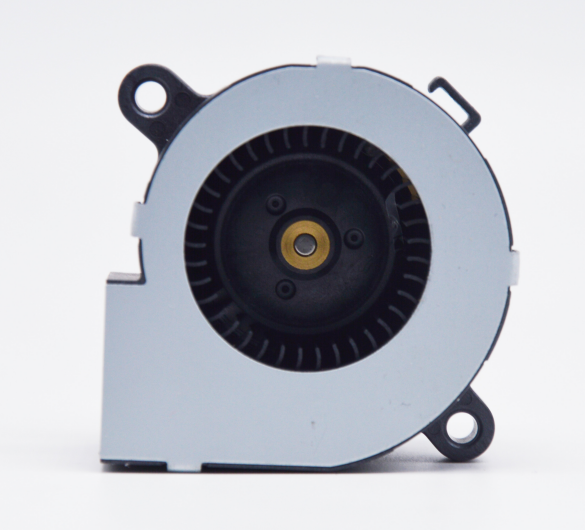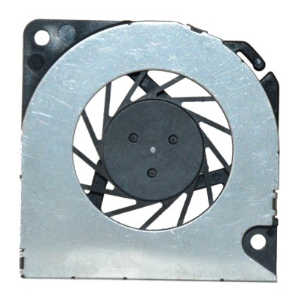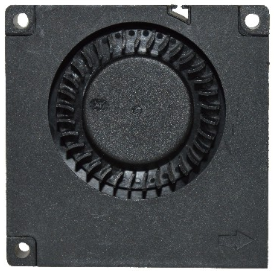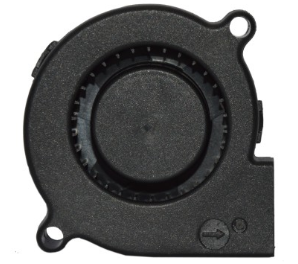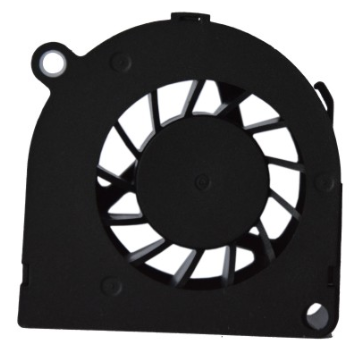The principle of fan cooling in stage lighting
With the progress of society and the development of productivity, product competition is becoming more and more fierce. People are constantly building a stage to promote their products, and the stage lighting is even more colorful and dazzling. Therefore, DC fans in lighting are used more and more widely, so how do DC fans in stage lighting dissipate heat? Now let’s listen to Yinhai Electronics in detail: The principle of the lighting DC fan is: the heat generated by the lamp is conducted through physical contact with a high thermal conductivity material radiator. This high thermal conductivity material is generally aluminum Material, because of its light weight, low price and easy production, it has become the basic material for making radiator of lamps and lanterns. In order to conduct heat to the radiator to the maximum extent, it is necessary to encapsulate a kind of heat source and radiator. The high thermal conductivity medium conducts heat conduction. The thermal conductivity medium used between the LED device and the heat sink is generally silicone thermally conductive encapsulant. This organic silicon high thermally conductive encapsulant can effectively improve the heat dissipation capacity of the LED bulb, and It also has excellent protective performance, good salt spray, moisture-proof and weather resistance, especially in resistance to temperature shock, which is unmatched by other potting materials. It can be used for a long time under the condition of -60℃~200℃ use. The basic working principle of DC fan is to use DC motor and AC motor type motors in different ways. Using a computer as a DC fan motor, the power supply voltage is +12V, and the speed ranges from 1000 to 10000 rpm. A rotating machine that converts direct current DC electrical energy into mechanical energy. It consists of a three-part stator, a rotor and a commutator. There are more than two rotor coils, and a magnet wound by a wire is called a winding. When the current passes through the windings, the magnetic field generates the force generated by the magnetic field and the stator field. Since the stator is fixed, the force of the rotation of the rotor. The DC motor of the commutator is a special device in which there are multiple commutator segments, and every two adjacent commutator segments are insulating intermediate pieces. The commutator fixes the surface of the spring-loaded brush, and the rotatable armature winding is connected to the external circuit. When the rotor rotates a certain angle, the commutator, connected with the power supply voltage to another winding, the winding generates a magnetic field. As you can see, due to the presence of the commutator, the armature coil through the electromagnetic torque remains unchanged. Under the action of the electromagnetic torque of the armature, the bearing between the bearing housings of the liquid rotor is rotated and the dynamic cooperation structure is used. . The fan blades are fixed to the rotor so that when the rotor rotates, the fan will rotate with the rotor. Ordinary fans generally use ball bearings, high-end fans run to improve the stability of the system and increase the service life, usually more advanced liquid bearings. The stage lighting cooling fan is commutated by a brushless DC motor. Because of the friction brush, the brush even shortens the service life of the motor. At the same time, the brushes processed at high speeds will generate sparks, but also interfere with the surrounding electronic circuits. People have also invented a brushless DC motor called a brushless motor. The above is the working principle of the DC fan in the stage. For more knowledge about the cooling fan, please pay attention to Dongguan Yinhai Electronics Co., Ltd. www.yinhaidg.com.

 中文
中文 English
English